You have so many options on how you want your wedding day to look and feel. Your wedding day is for you and your partner and should reflect your values and desires. You get to create the type of wedding experience you and your partner want to have as well as that for your guests.
Not sure that you want to follow all of the "normal" wedding traditions and thinking you may want to break the mold a little bit? Let's break these traditions down and see where they came from and see if they still fit what you want your wedding day to look like!
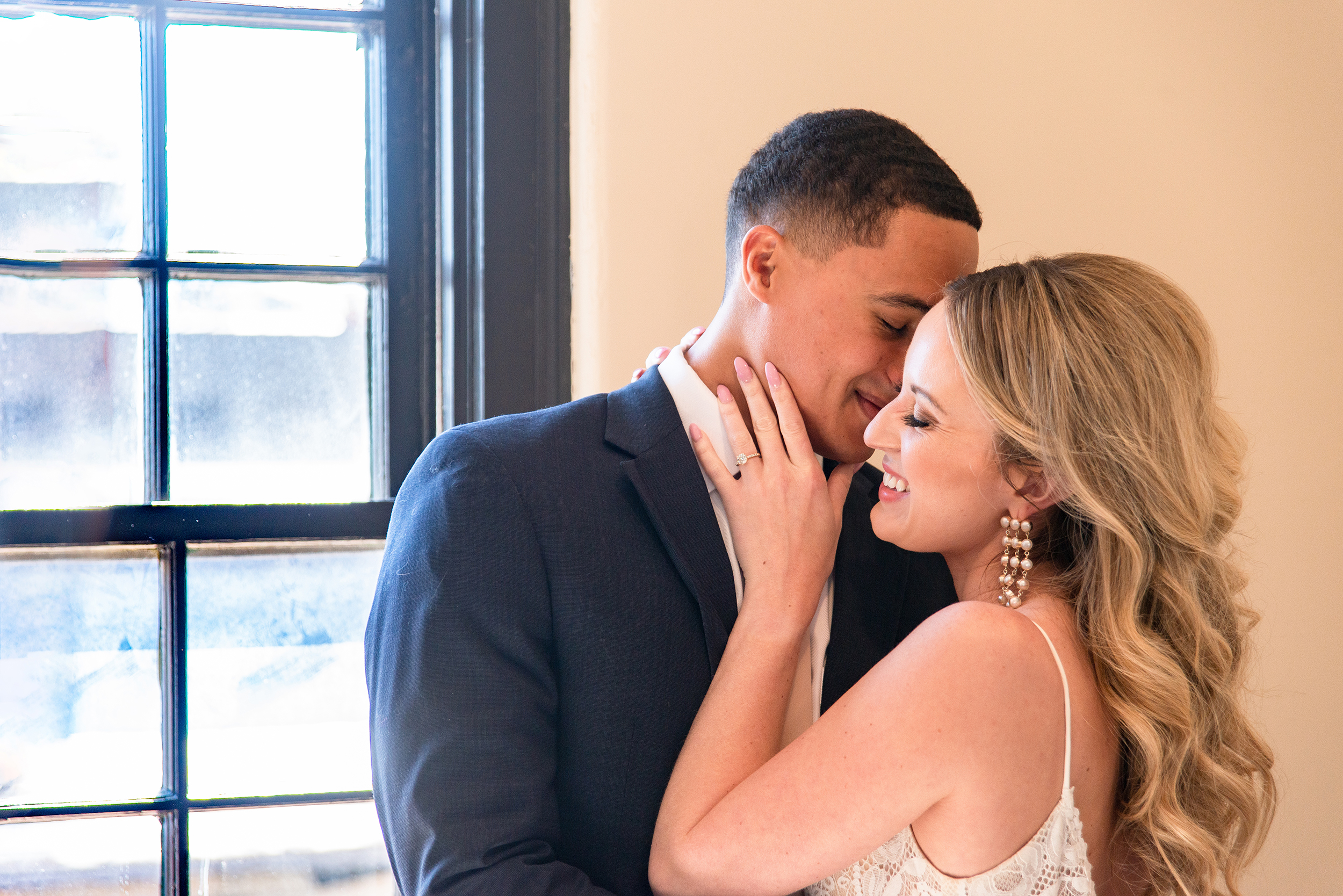
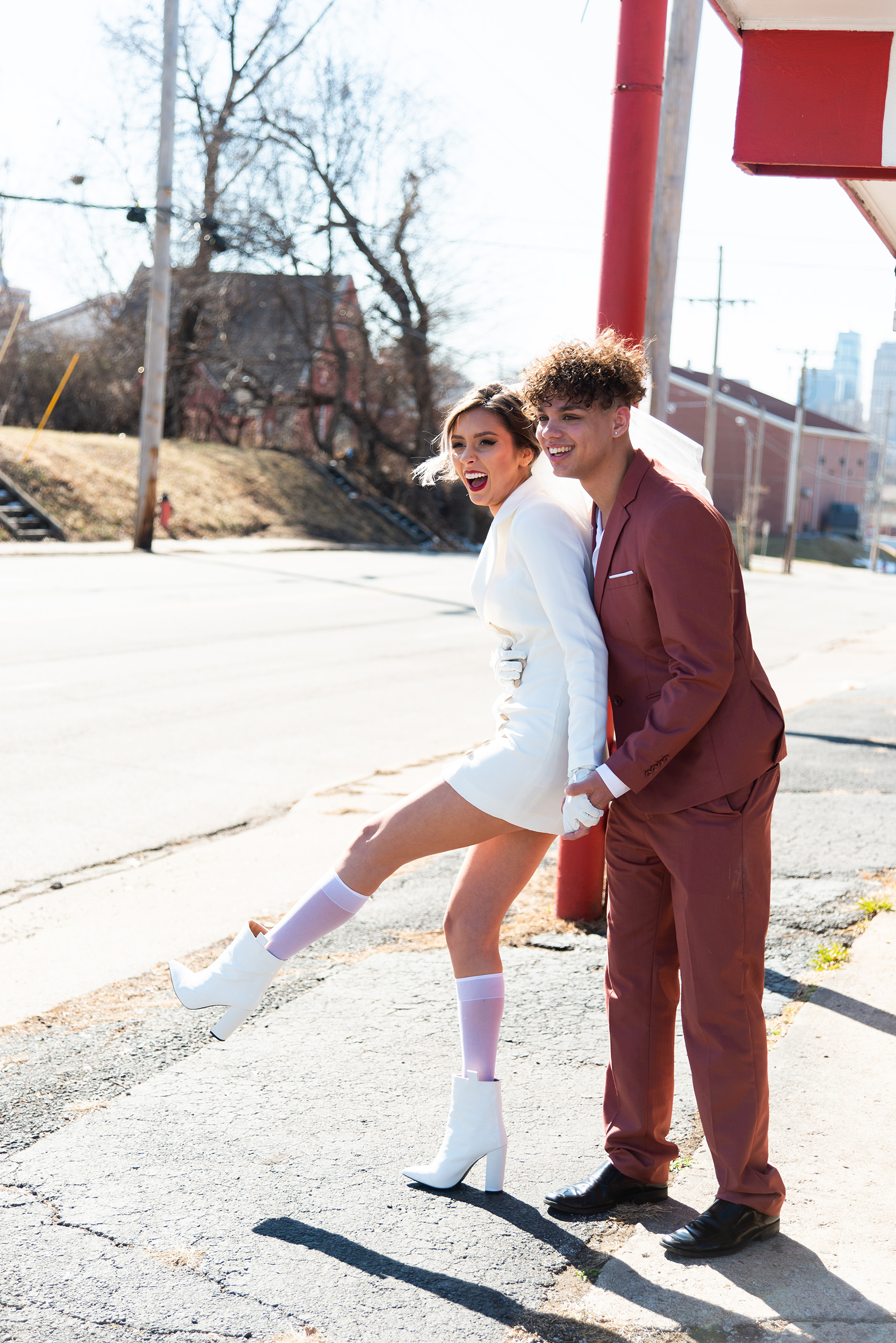
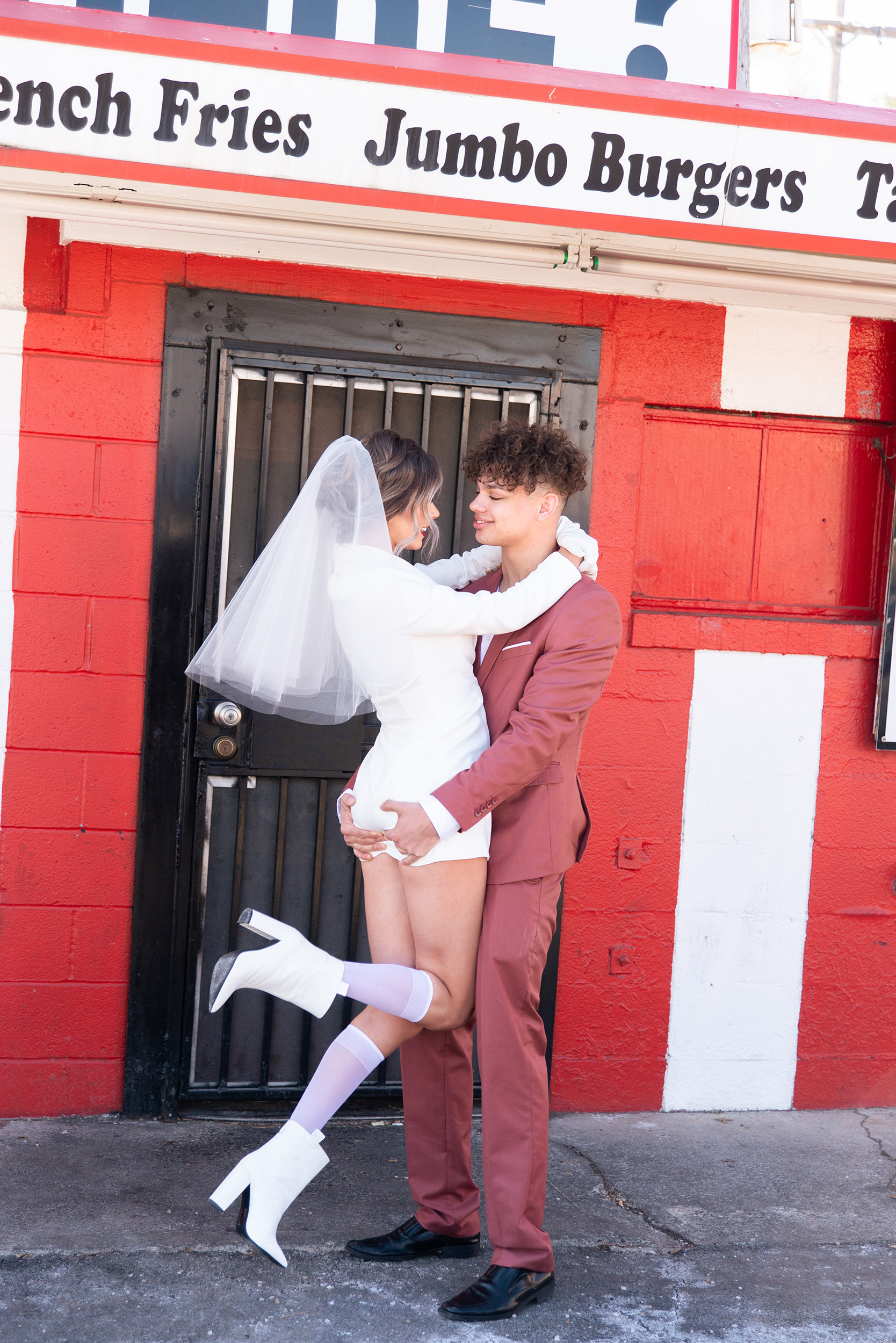
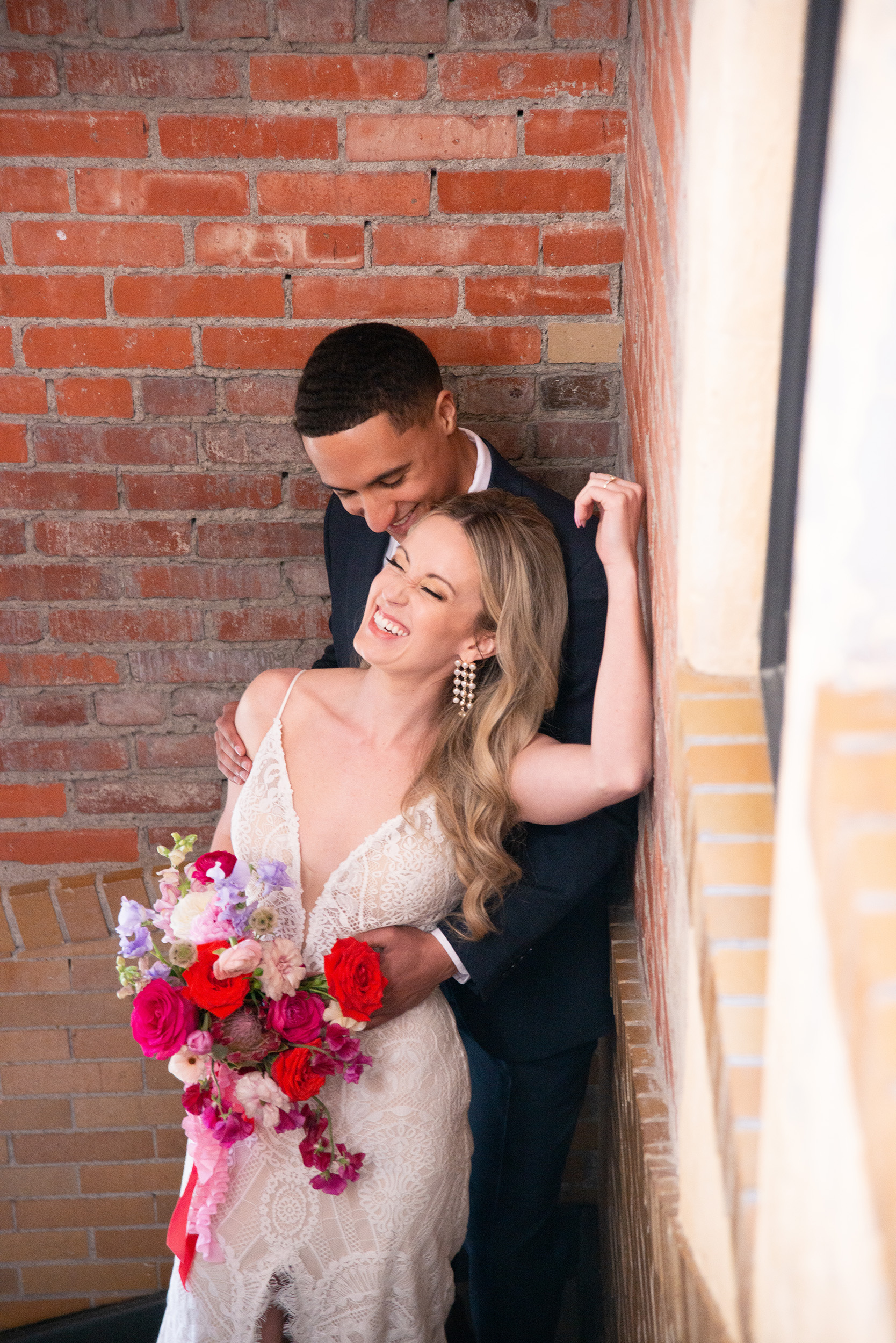
White Wedding Dress
Brides have not always worn a white wedding dress (they wore actually wore red!) and this tradition was created after Queen Victoria of England chose this color around 1840 for her wedding dress, not as a symbol of purity but rather because the color best showed off the lace of her gown and signified her wealth because they could afford the clean the white fabric. She did choose to create a little more buzz for herself and making her grand entrance by asking all the guests to refrain from wearing this color at her wedding.
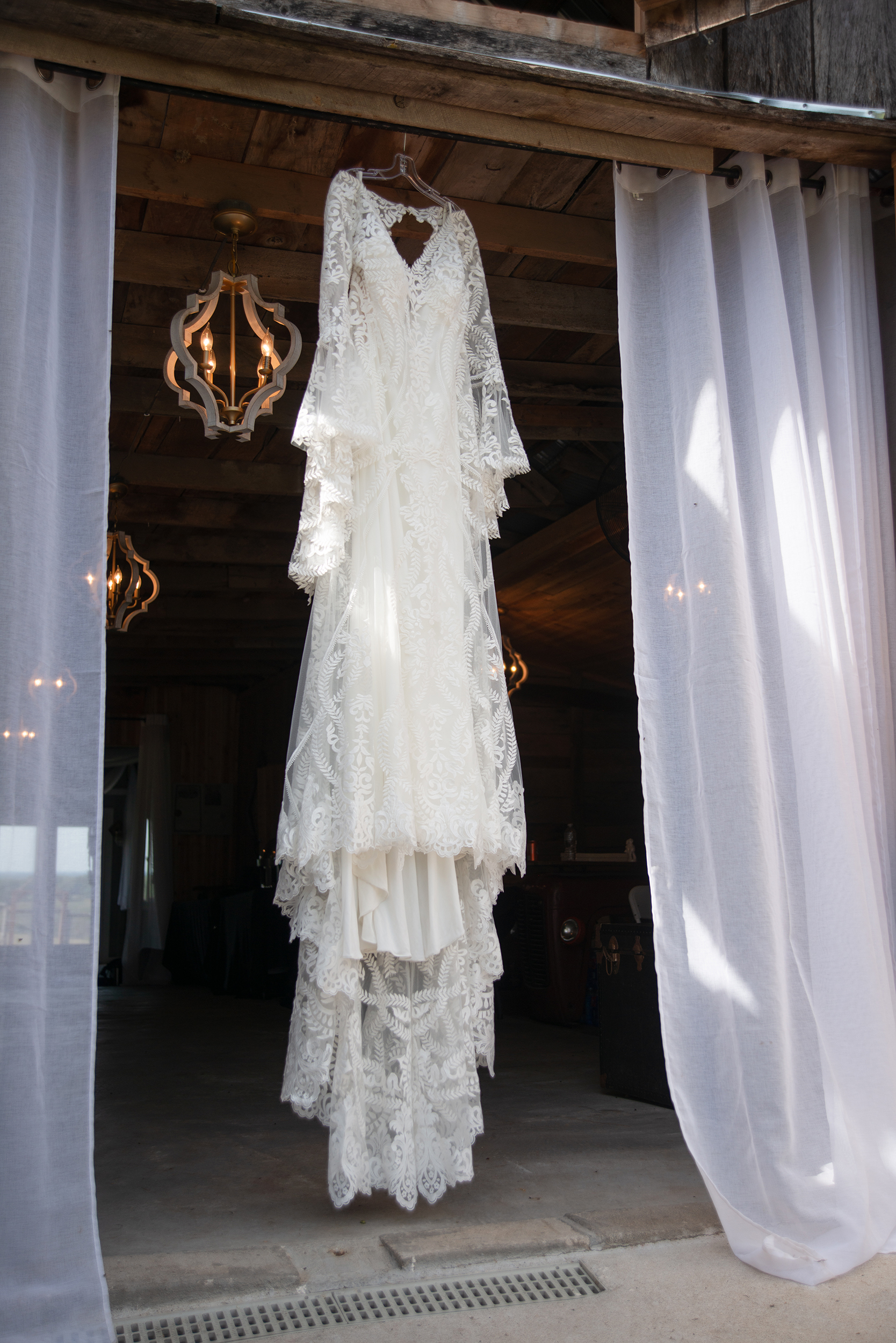
Wedding Veil
Veils have taken on a different meaning depending on the point in history it was used. In ancient Rome, brides wore a red veil that symbolized a flame representing Vesta the goddess of home and hearth and protector of life. Veils weren’t worn much after Roman times and until Victorian times when they were brought back into use. There was a chance at Royal weddings prior to Queen Victoria, since they were more of a political transaction that a bride might get a decoy to take her place in the marriage.
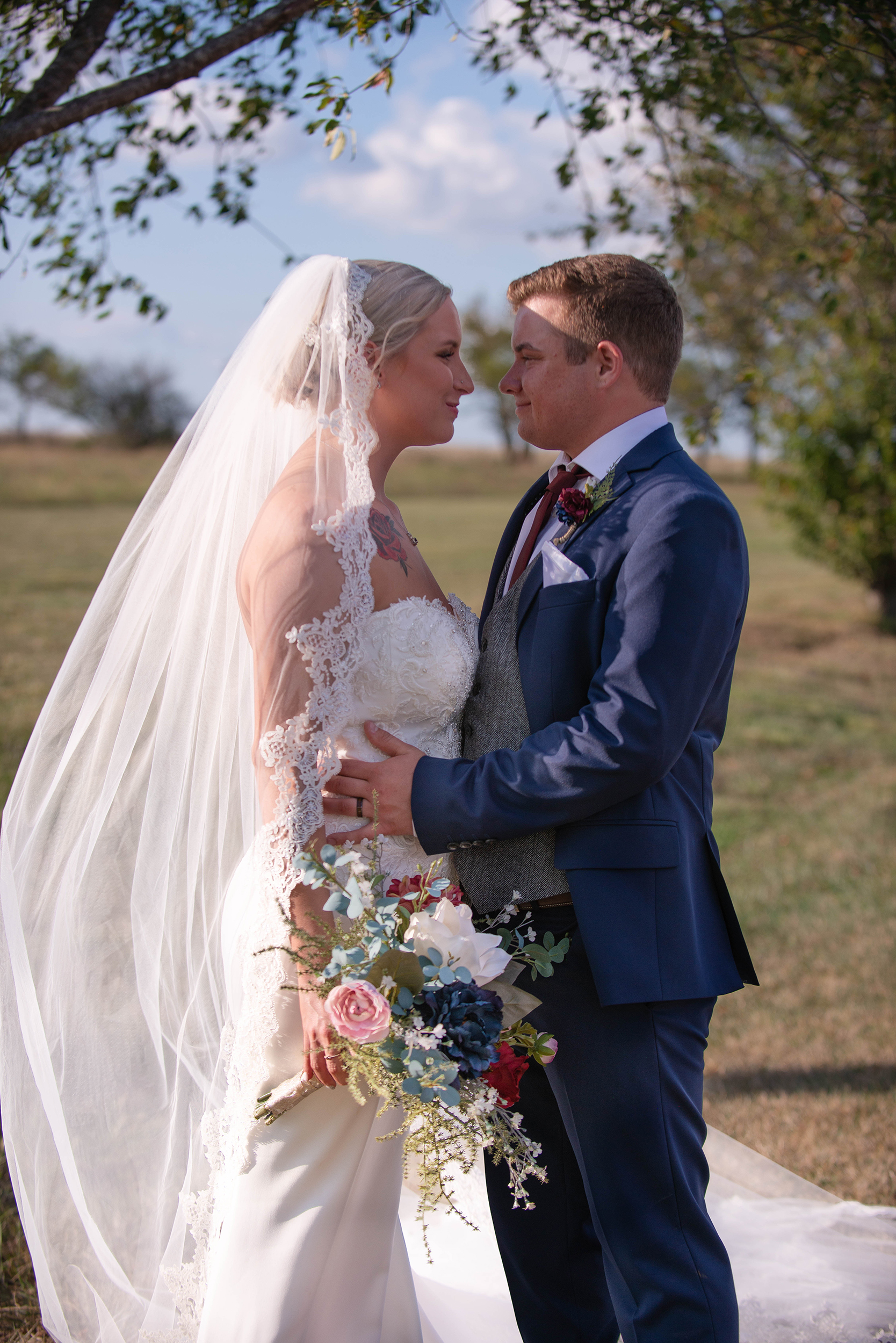
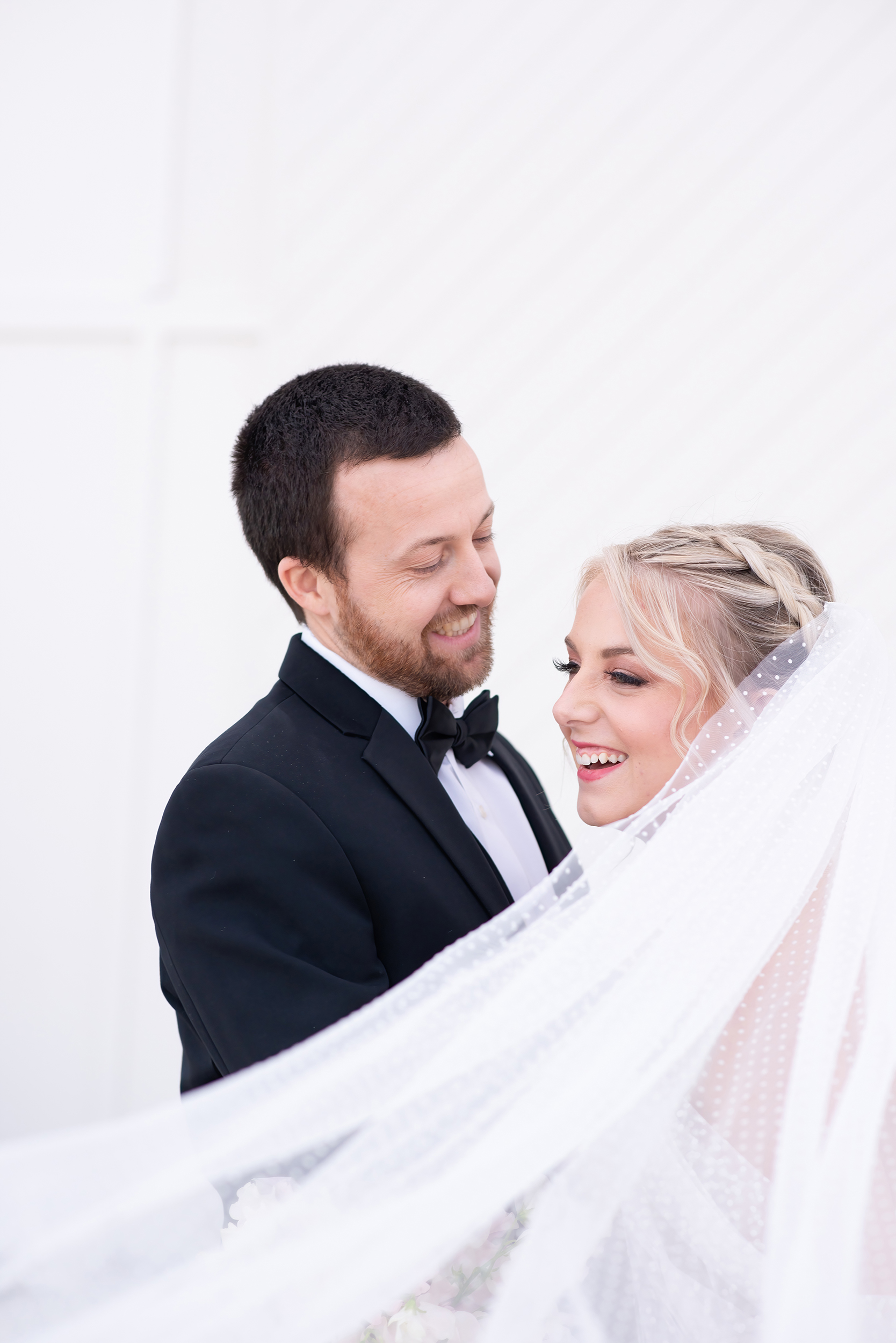
Bride's Bouquet
Why do brides carry a bouquet of flowers?
As far back as the Roman Empire, brides didn't carry bouquets but instead had floral garlands to signify new life and fertility. The tradition evolved towards carrying a bouquet of edible aphrodisiacs like dill and marigold but also at times in history the bouquet was to ward off evil spirits.
Brides at one time were also considered lucky and guests would rush her to tear a bit of her dress in hopes to get some of her good fortune for themselves so throwing the bouquet helped keep her dress intact.
In medieval times sweet smelling floral bouquets would help cover the stench of the practice of not bathing. Back again to Queen Victoria who chose who in addition to being the first to wear a white wedding dress, also carried the modern day version of a bouquet. This led to brides using the flowers as a symbol of feelings or sentiments. Roses signified love, peonies represented happiness. If you wanted to show adoration you would choose white camellia and ranunculus was the choice if you were charmed by your significant other.
See if you need a wedding planner!
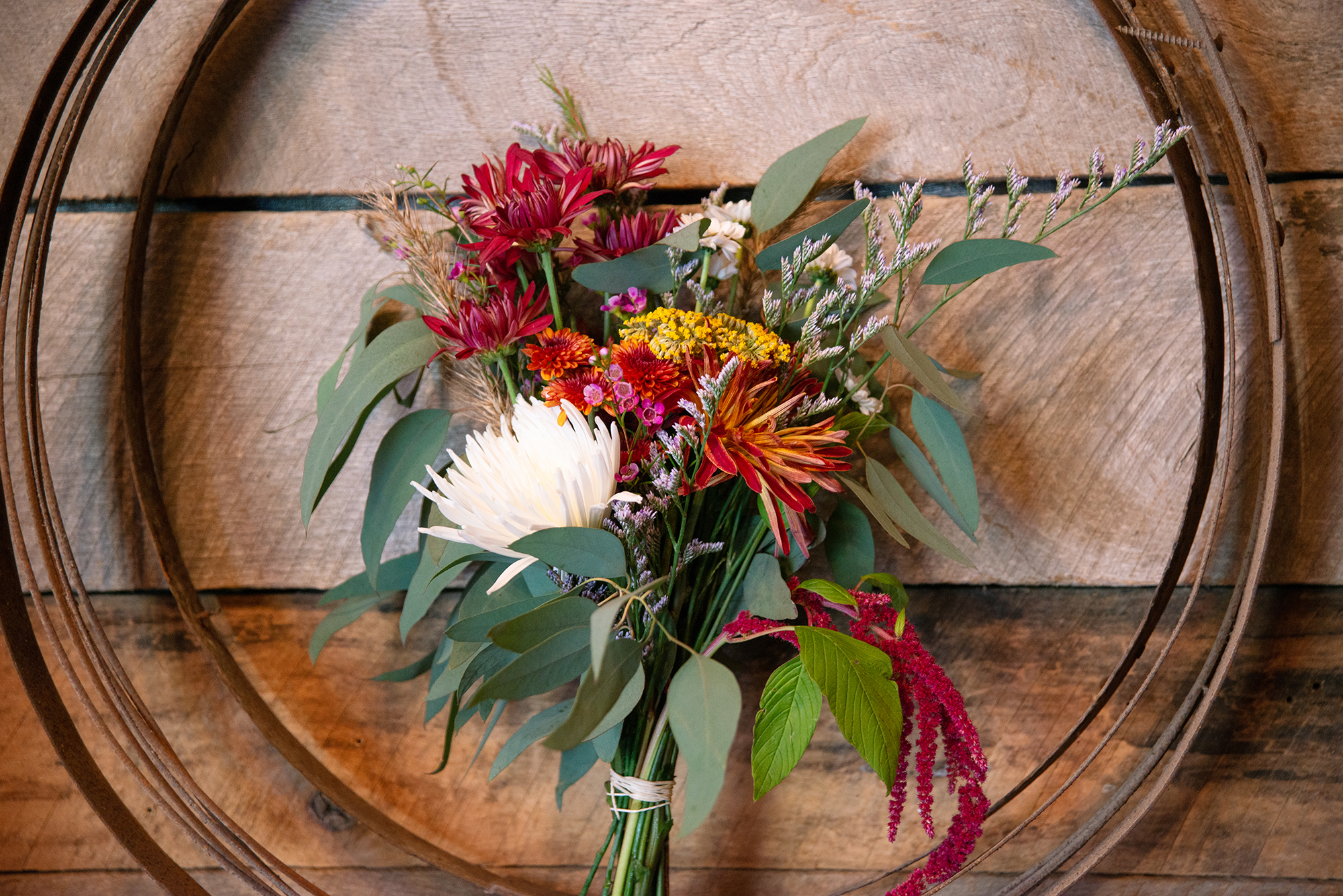
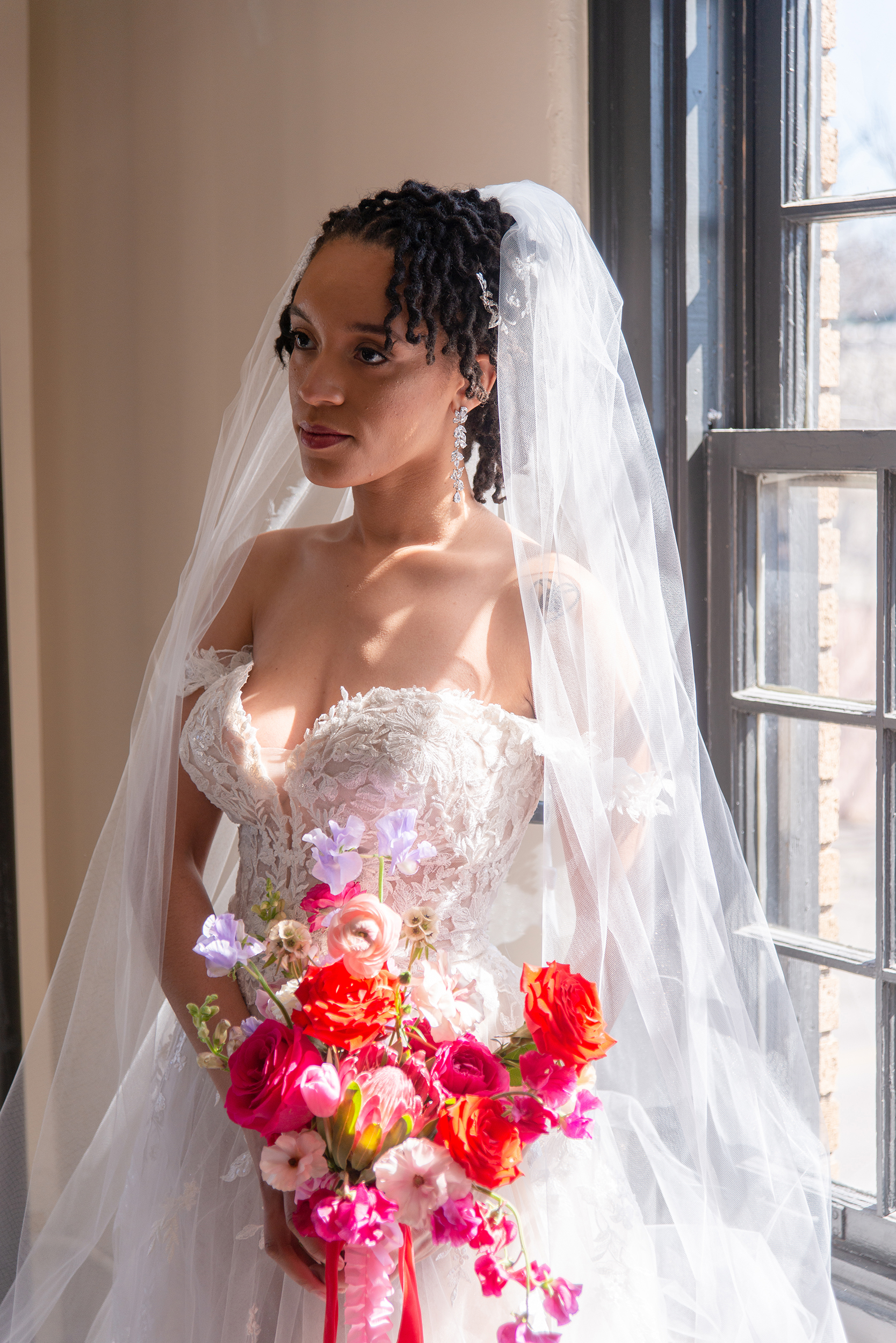
Bridal Party
In Ancient Rome the law required a total of 10 witnesses be present at the wedding ceremony. These witnesses were not necessarily related or even known by the bride. The women witnesses would stand on her side and dress similarly to her in order to confuse the evil spirits so they would not attack the couple.
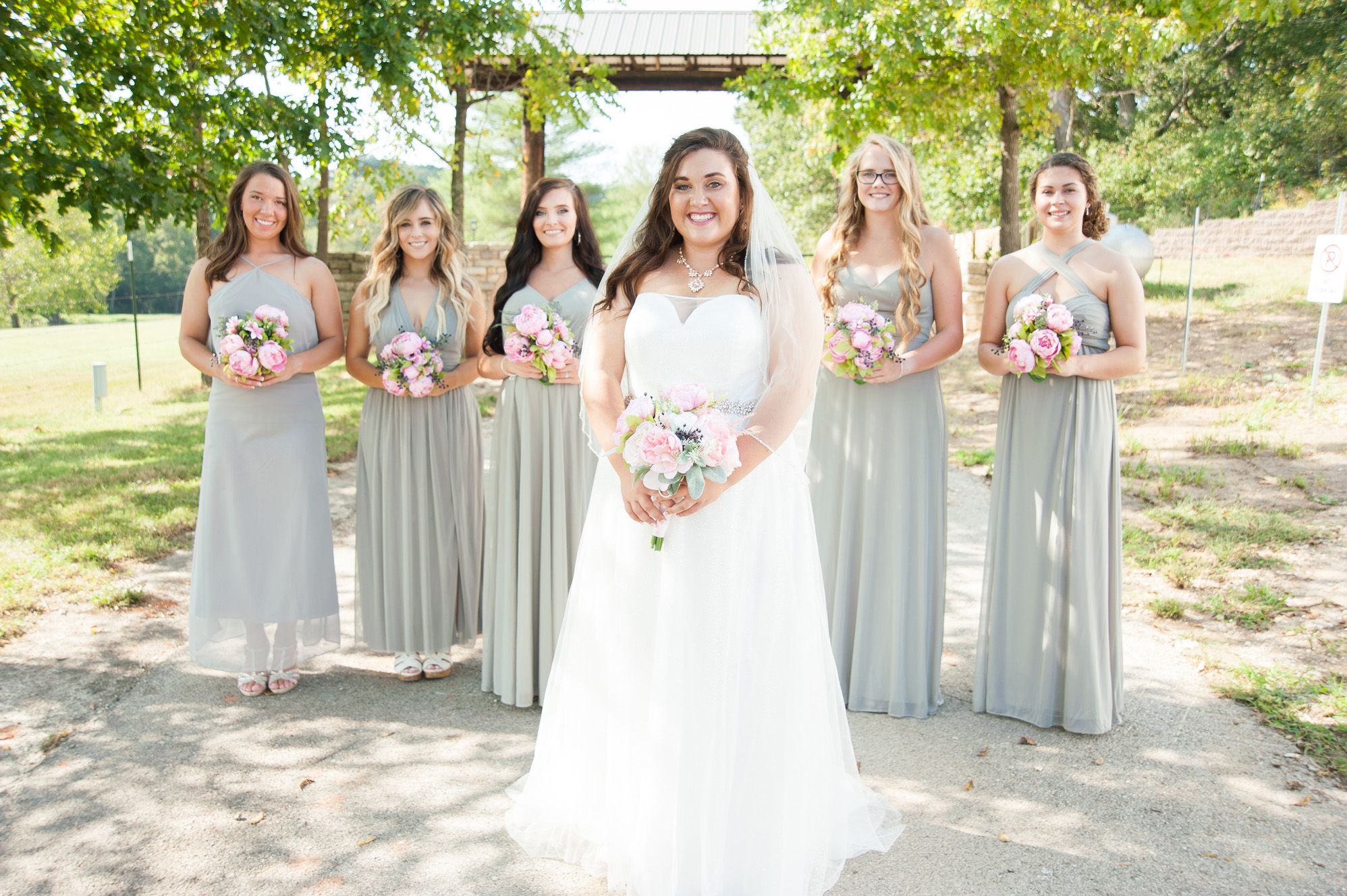
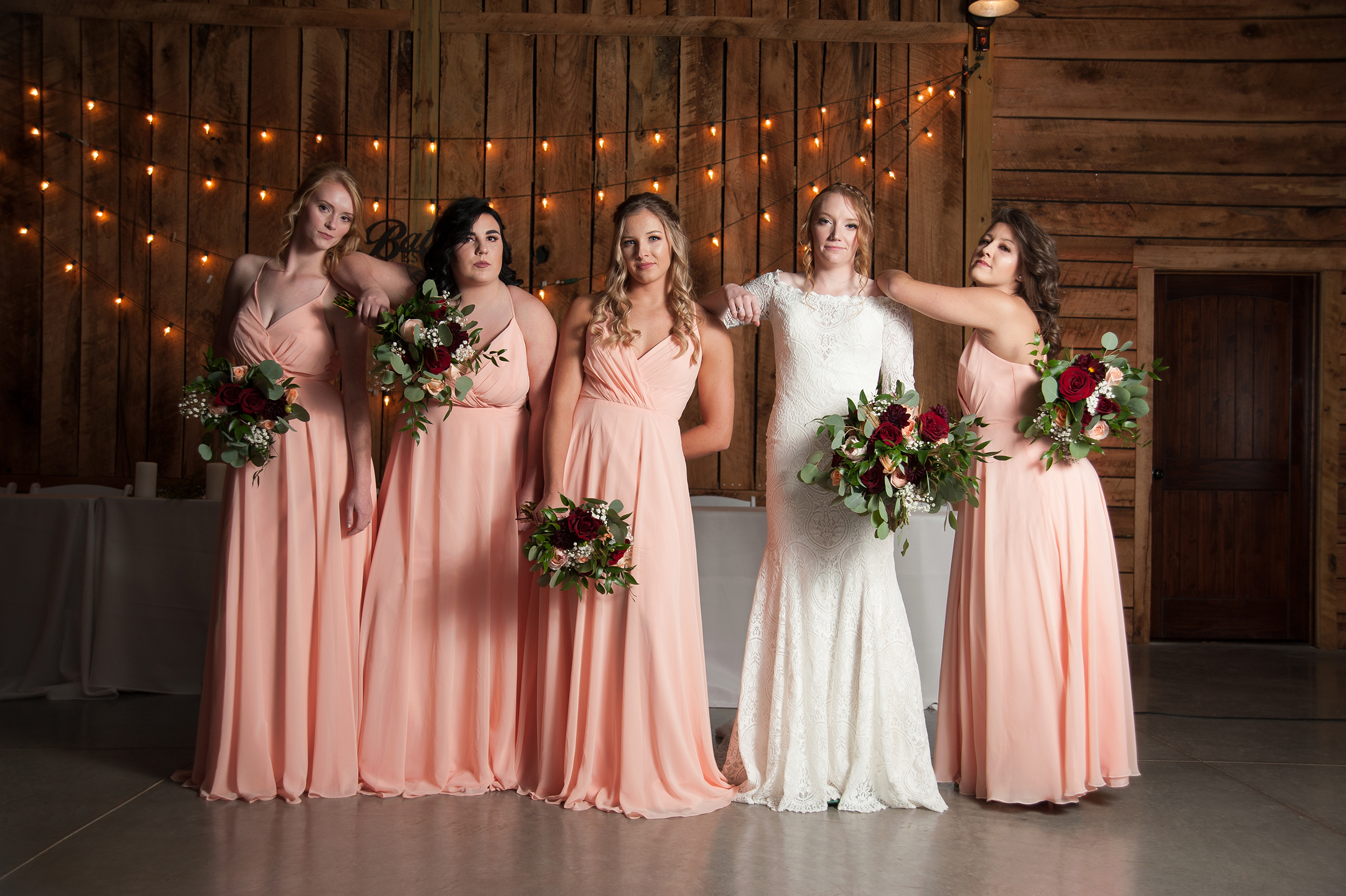
Wedding Processional
This is another tradition started in the Victorian Era - though this one was by Queen Victoria's oldest child.
The Father Walking The Bride Down the Aisle
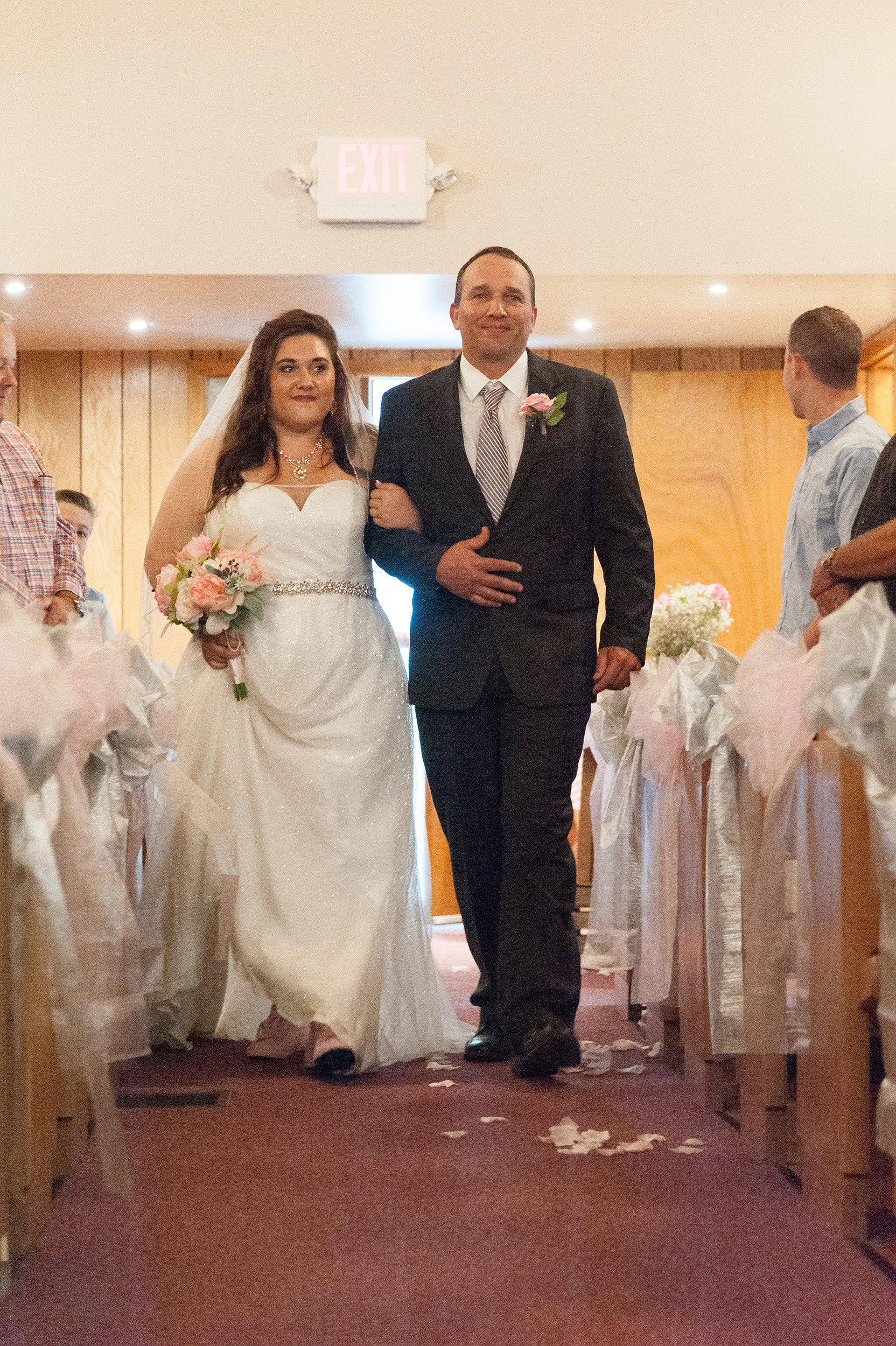
This tradition comes from the father "giving away the bride" and transferring ownership from the father to the husband as women were considered possessions.
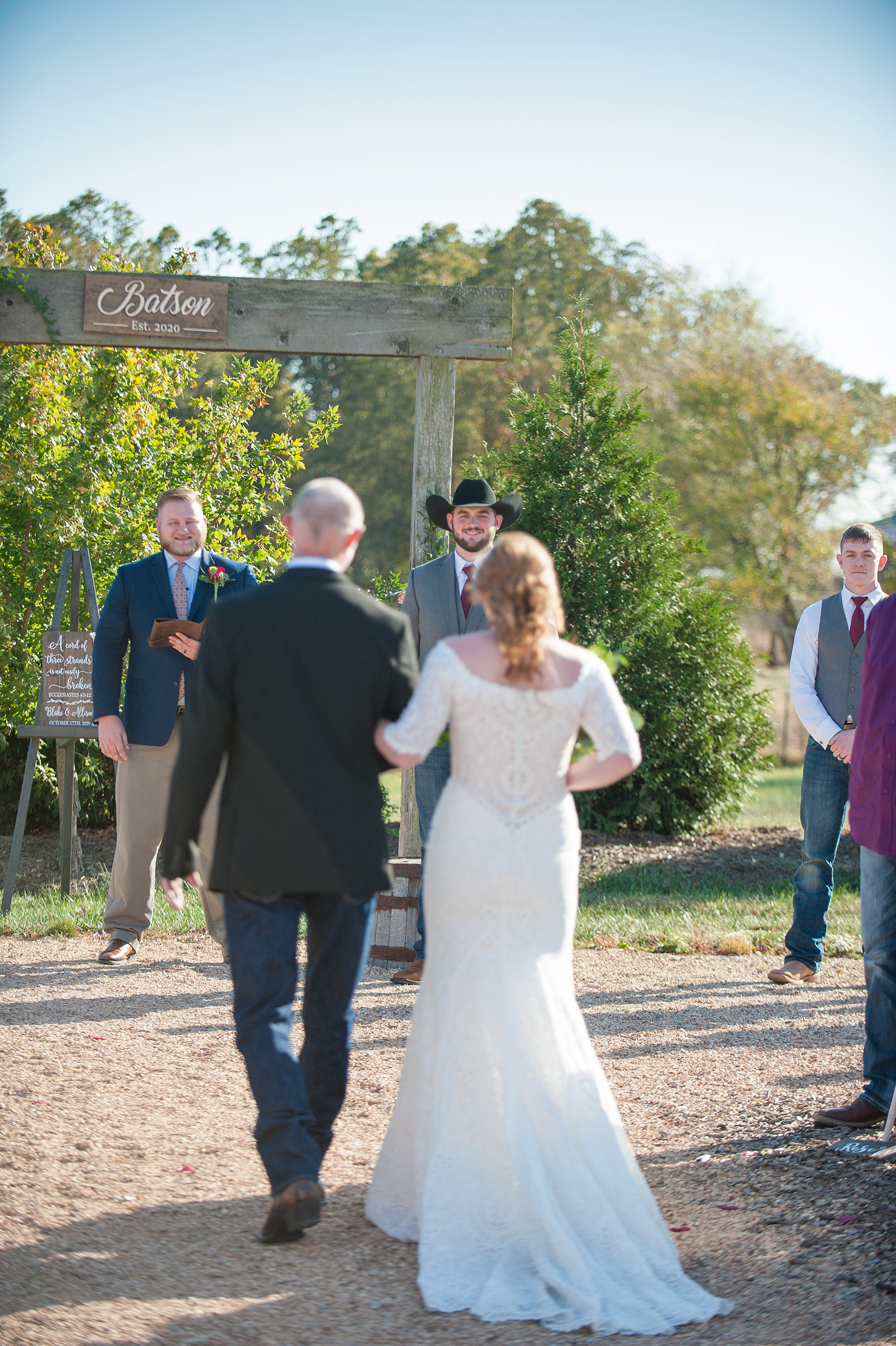
The Wedding March
Queen Victoria’s oldest daughter chose to walk down the aisle to “Here Comes the Bride” also known as “Bridal Chorus” and walked back up the aisle to the “Wedding March”. She loved opera and was the first bride to choose music for her wedding ceremony. Before that, music was only used for the reception and not during the wedding ceremony. The “Wedding March” was written for an 1842 production of A Midsummer Night’s Dream by Shakespeare and “Here Comes the Bride” was written for an 1850 opera called Lohengrin.
You don’t have to use these songs, you can use any song you choose. One of my weddings even used “Kung Fu Fighting” for the exit song!
“Tying the Knot”
During Celtic and Hindu weddings the bride and groom’s hands are joined and tied together to symbolize their commitment and bond. It is called handfasting in the Celtic culture and hastmelap in the Hindu culture.
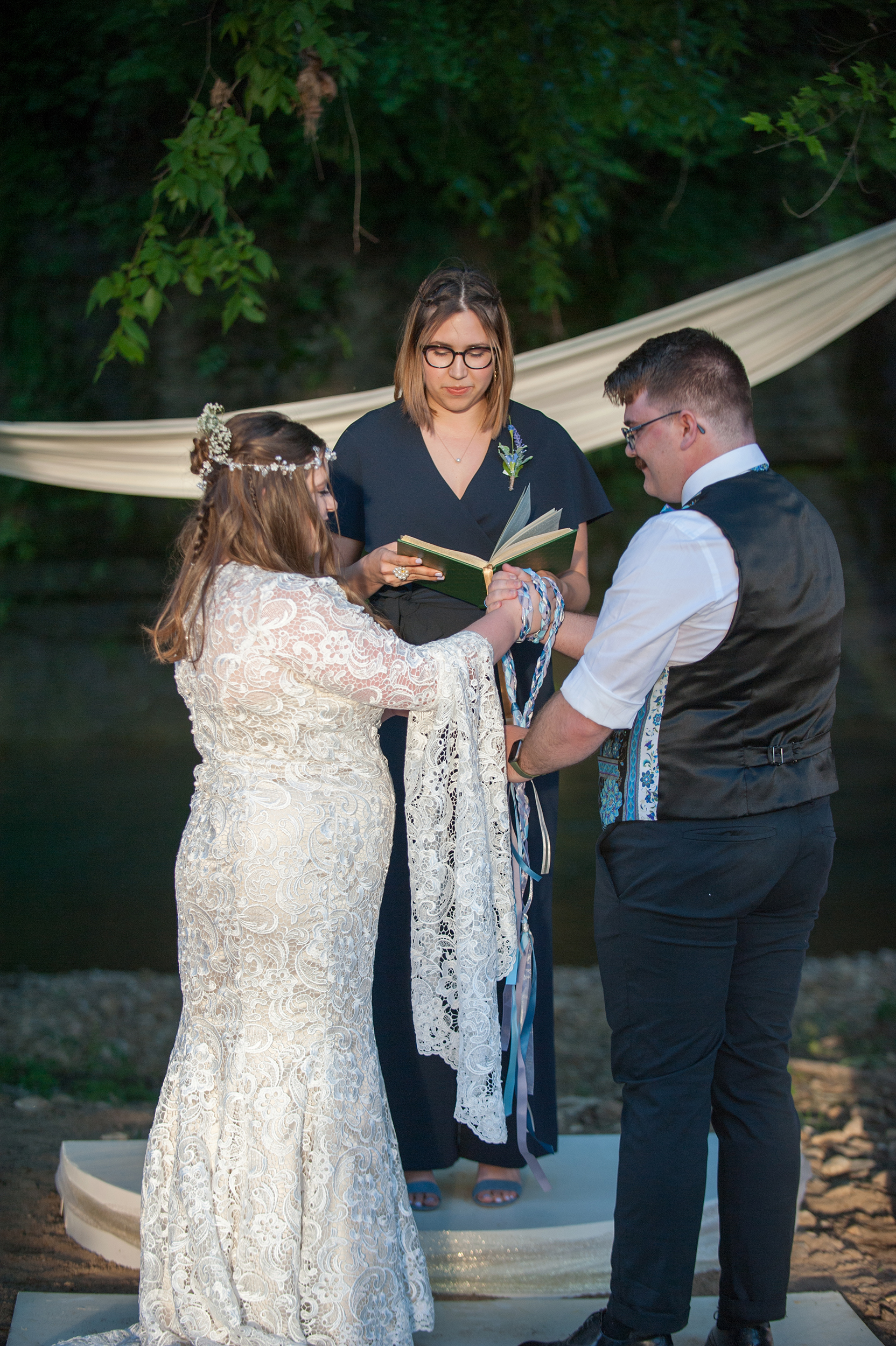
The Wedding Cake
In ancient Rome, wedding guests would break a loaf of bread over the bride’s head to symbolize fertility. In medieval England the bride and groom had to try and kiss each other over a stack of baked goods without it toppling over the stack of goodies which was supposed to ensure a prosperous future. This stack of cookies, pastries and other baked goods was how we came up with the tiered wedding cake.
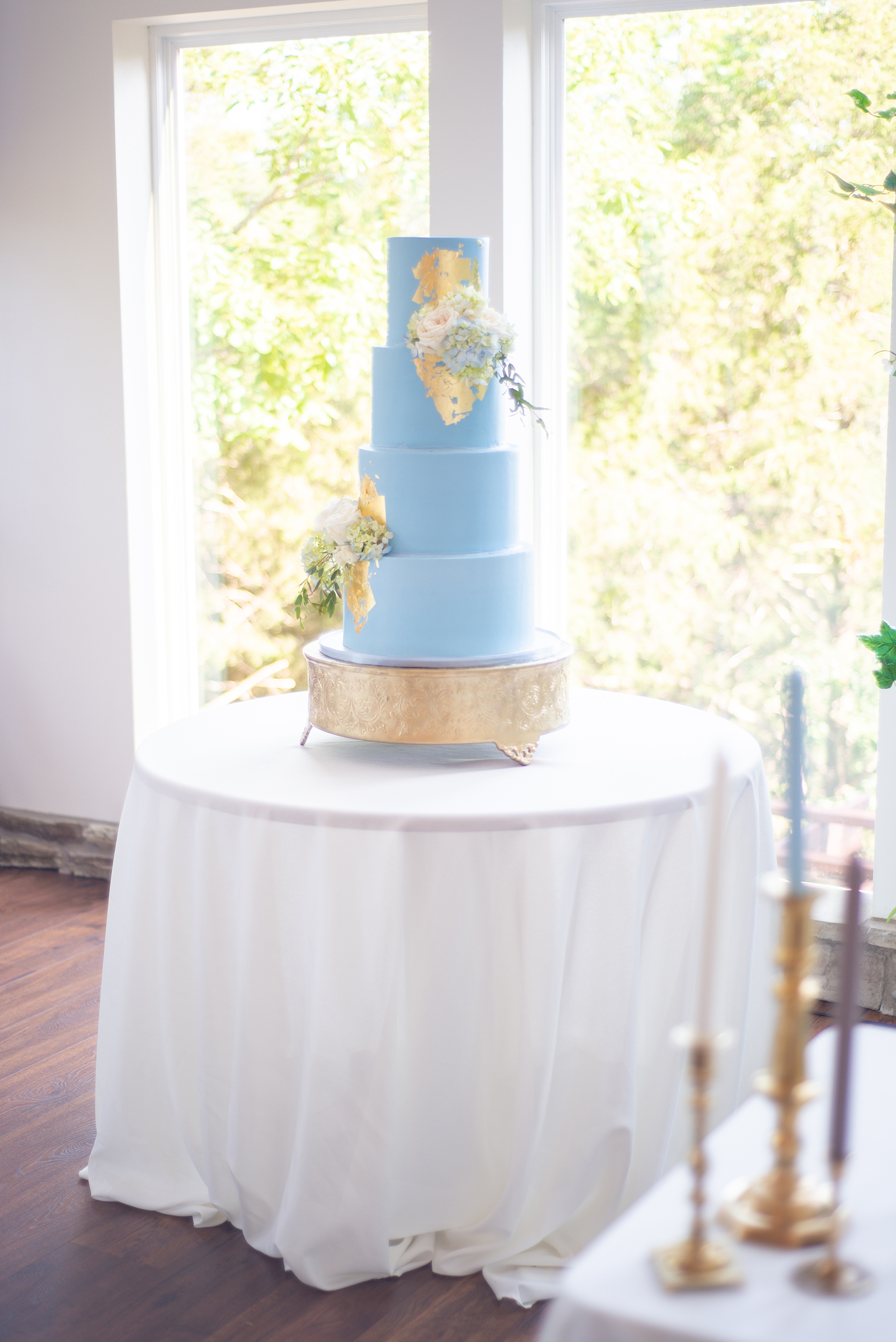
Something Borrowed, Something Blue
Something old represents the bride’s past life with her family, the new represents her new life with her husband and making a new family. Something borrowed was something from a successful marriage in the hopes that it also brings a happy marriage to the new couple. Something blue represents faithfulness and purity.

The Best Man (or Best Person/Best Girl)
Today we usually consider the Best Man to be the groom’s very best friend and their “ride or die”. In previous centuries the Best Man was chosen for his abilities with a sword. Marriages were transactions in those times and were not generally done for love but instead for financial reasons or joining one family to another for political reasons and sometimes the bride’s family would try to prevent the marriage or the bride would try to escape so the Best Man had to help ensure the marriage took place. These days couples are choosing to have their best friend be that person even if they are not the same gender.
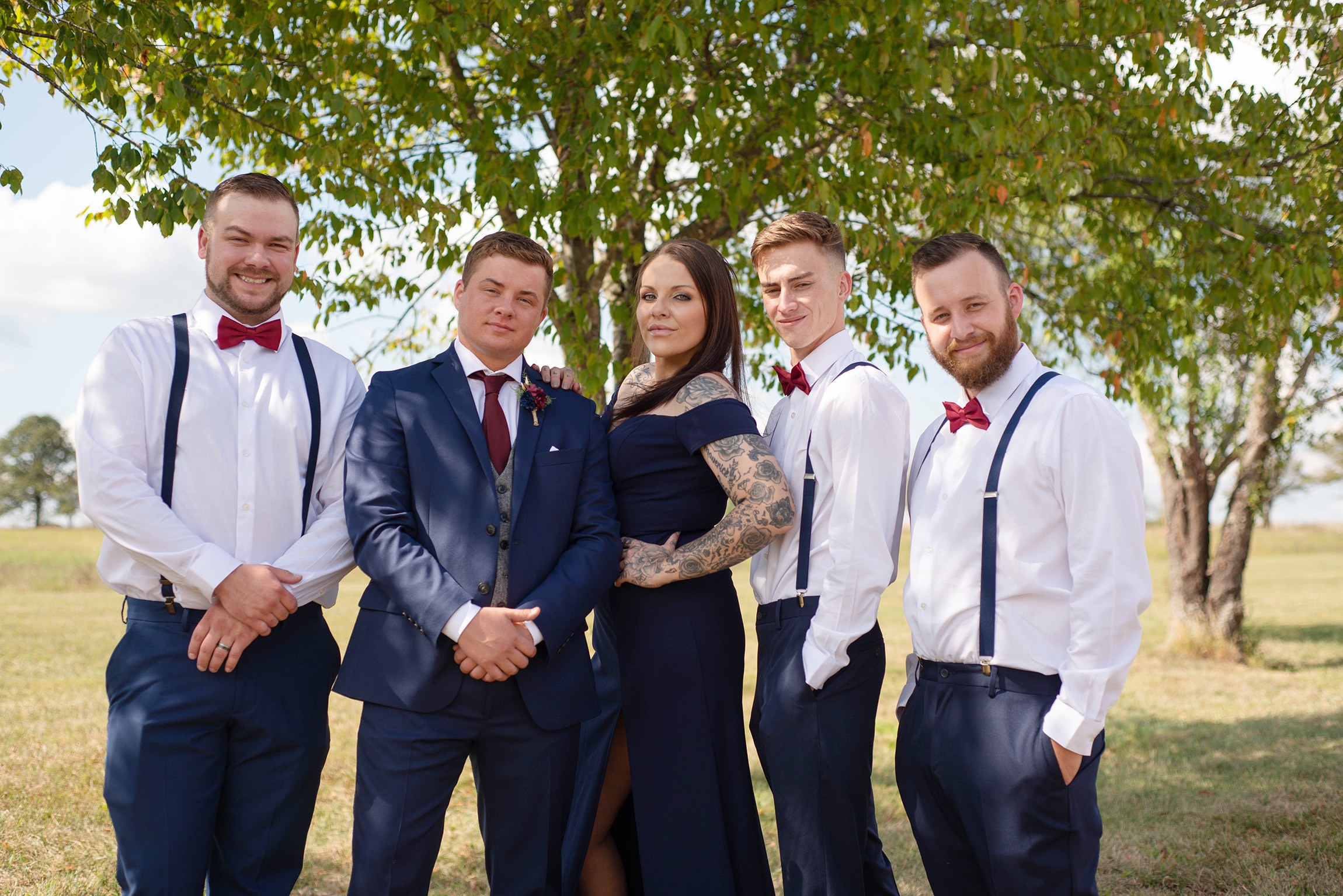

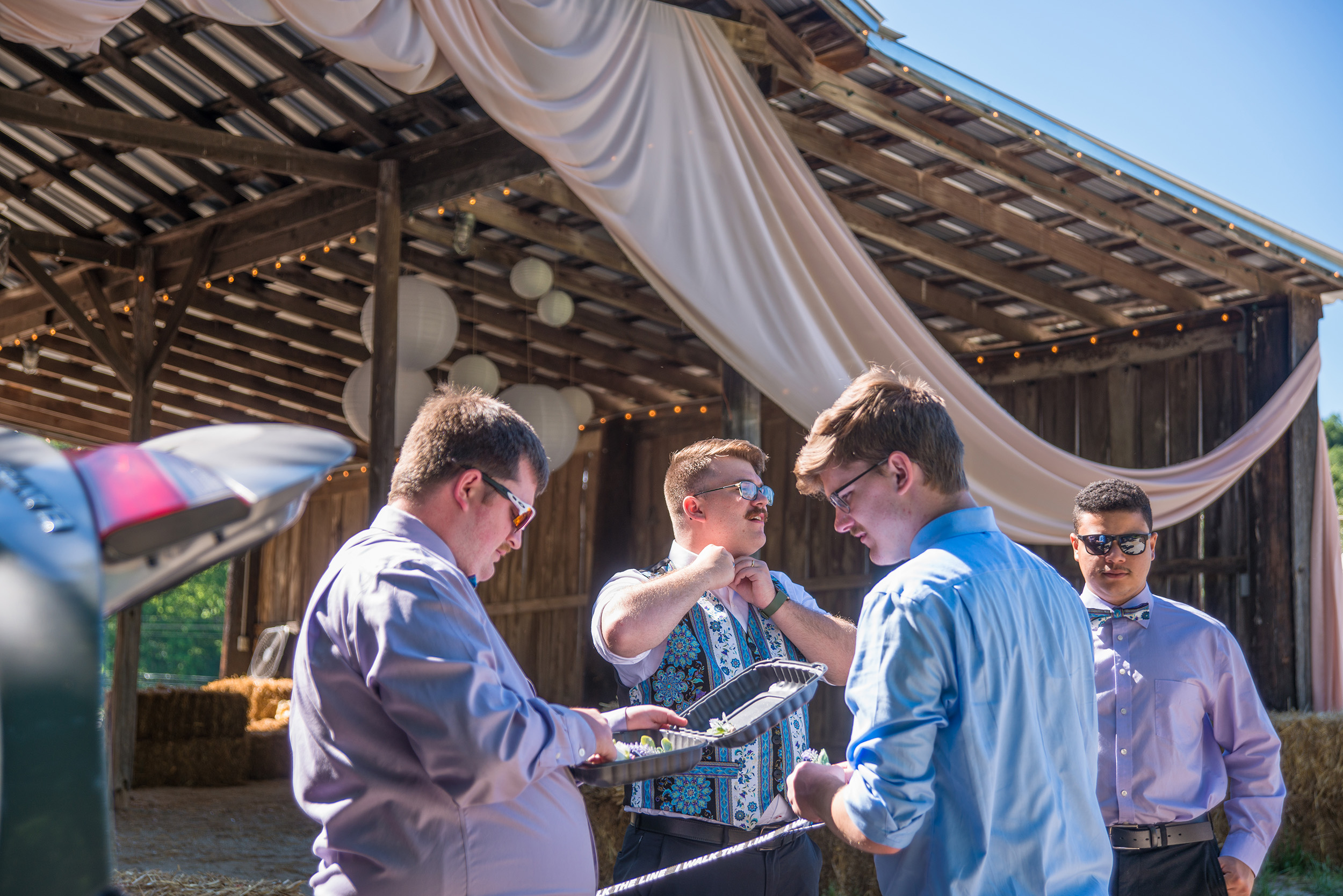
Recently engaged and have questions about wedding planners? Karissa with Ethereal Events answers some of those questions!
Thank you so much for reaching out! We have received your message and will be back in touch with you shortly!
Leave a comment
0 Comments